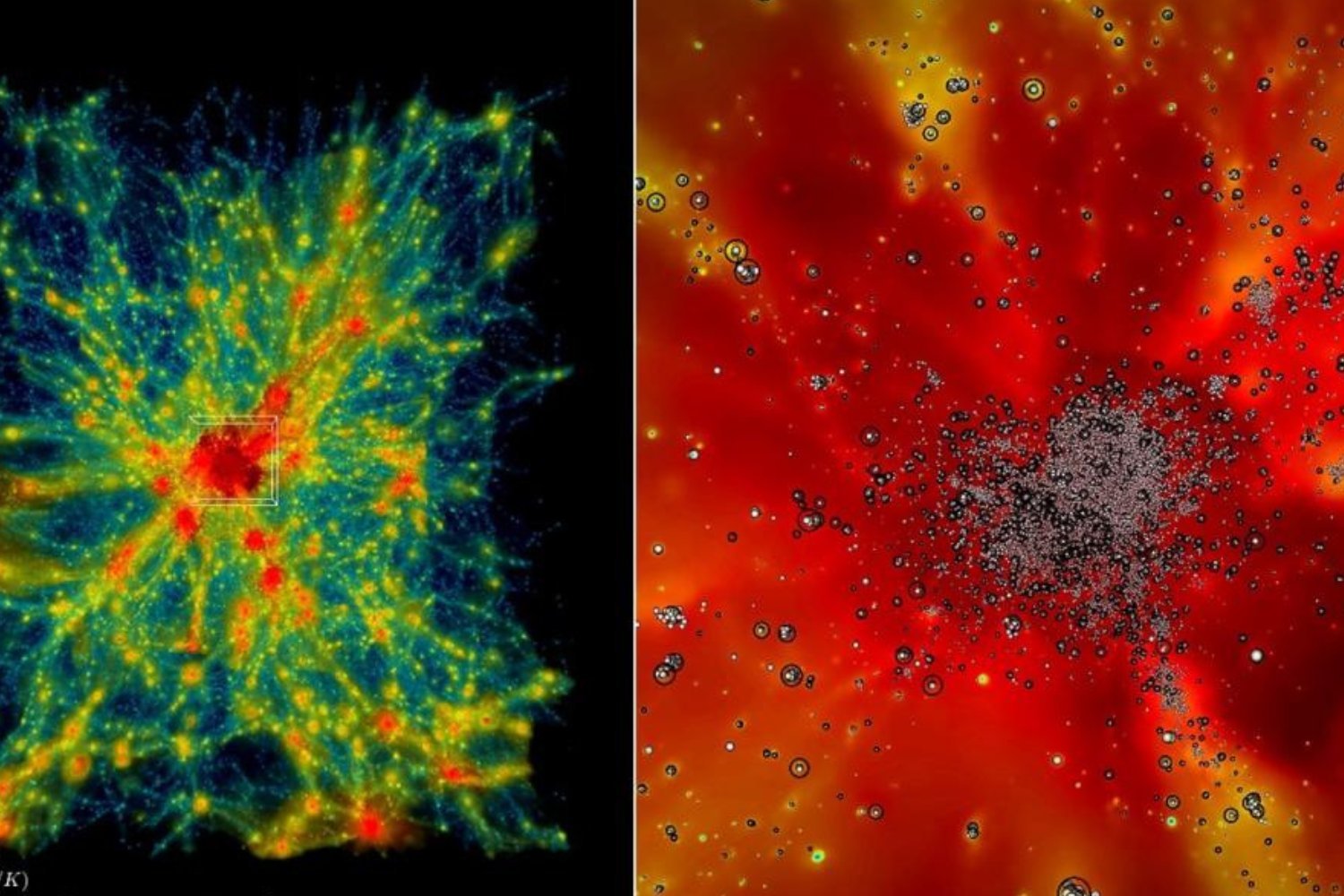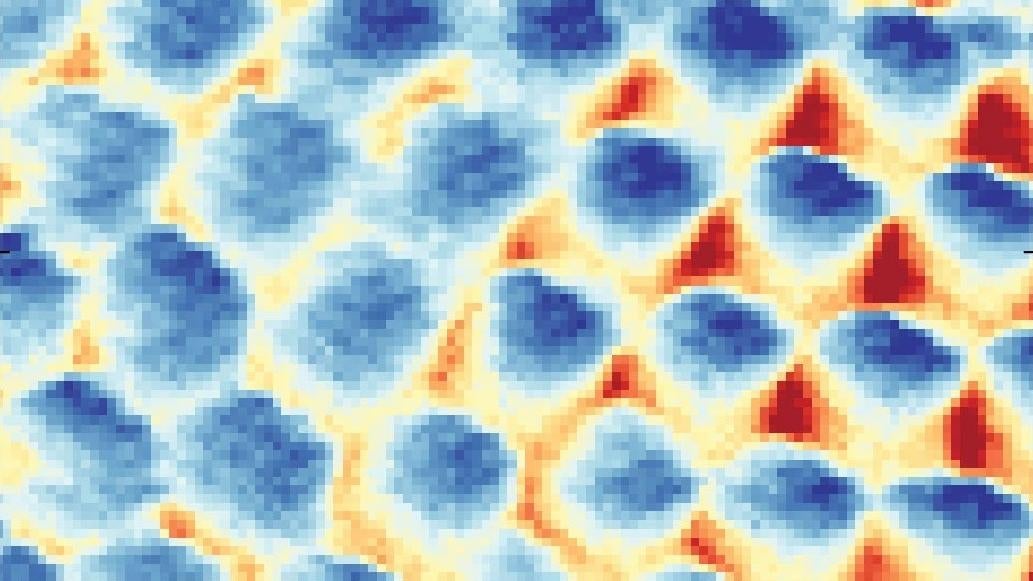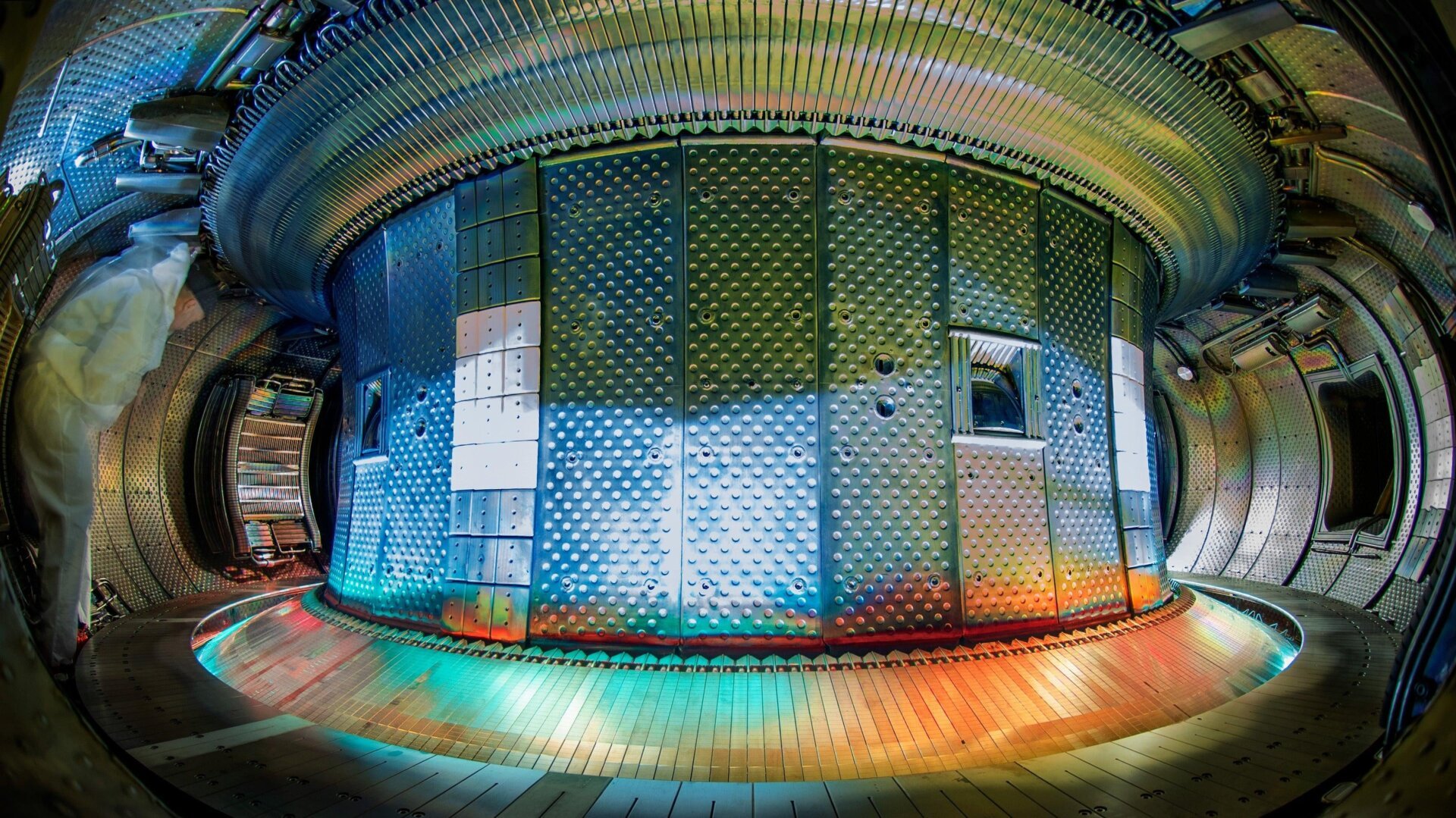The Frontier supercomputer, formerly the world’s fastest, recently completed the largest astrophysical simulation of the universe to date. This groundbreaking achievement provides scientists with unprecedented insights into the nature of atomic and dark matter, pushing the boundaries of cosmological simulations.
Frontier’s immense computing power allowed researchers to model a universe encompassing both visible matter and the elusive dark matter, a feat previously impossible at this scale. This simulation aligns with the data gathered by large telescope observatories, bridging the gap between observation and computational modeling.
Delving into Frontier’s Calculations
Frontier, an exascale supercomputer, boasts a processing speed of a quintillion calculations per second. This incredible power enabled it to simulate the complex interplay of gravity and various astrophysical phenomena, including the formation of stars, galaxies, and black holes. This comprehensive approach provides a more realistic representation of the universe’s evolution.
As our current understanding suggests, visible matter, everything we can observe, constitutes only about 5% of the universe. Dark matter, detectable only through its gravitational effects on visible matter, accounts for roughly 27%. The remaining 68% is attributed to dark energy, the driving force behind the universe’s accelerating expansion.
Advancing Our Understanding of the Universe
Frontier’s simulation encompasses billions of years of cosmic expansion, mimicking the vast timescales explored by telescopes like the Rubin Observatory in Chile. This capability represents a significant leap forward, as previous simulations were limited to gravity-only approximations.
The inclusion of baryonic matter (ordinary matter) and other dynamic physics alongside gravity marks a major advancement in simulation realism. This comprehensive approach allows for a more accurate representation of the universe’s complex interactions and evolution.
Frontier’s Reign as Fastest Supercomputer Ends
Frontier, residing at Oak Ridge National Laboratory and comprised of over 9,400 CPUs and 37,000 GPUs, achieved these results using the Hardware/Hybrid Accelerated Cosmology Code (HACC). This code underwent significant updates as part of the Department of Energy’s Exascale Computing Project.
While Frontier held the title of the world’s fastest supercomputer at the time of the simulation’s announcement, it has since been surpassed by El Capitan. El Capitan, developed by Lawrence Livermore National Laboratory, boasts a verified speed of 1.742 quintillion calculations per second, with a peak performance of 2.79 quintillion.
This shift in leadership underscores the rapid pace of advancement in supercomputing, promising even more detailed and insightful simulations of the universe in the future.











